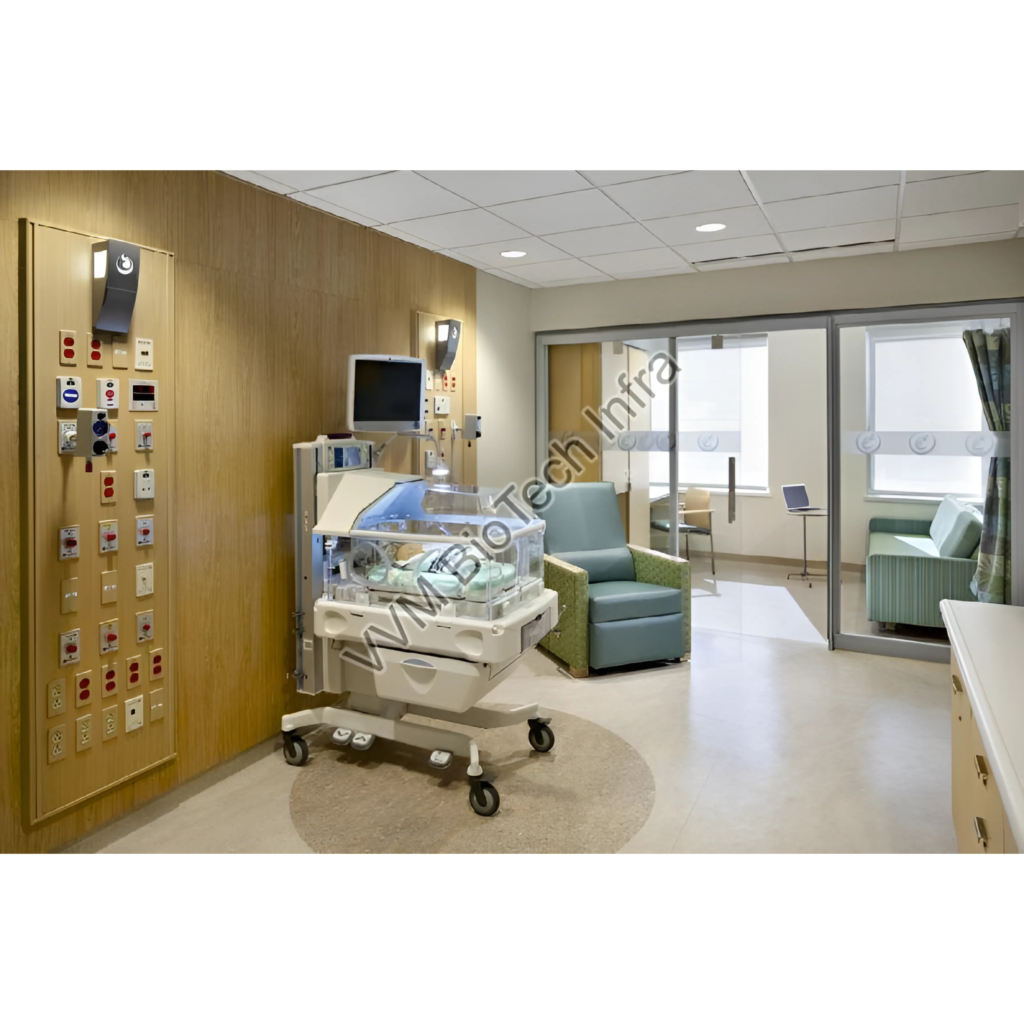Hospital Equipment
Medical equipment also known as armamentarium. its is designed to aid in the diagnosis, monitoring or treatment of medical conditions. The development of new advance featured medical equipment helps a patient to easily recover from their disease. Some of the most commonly used pieces of diagnostic equipment include MRI, ultrasound machines, PET scanners (which use cameras and tracer fluid to produce images of a patient’s internal organs in order to detect signs of cancer or other diseases), CT scanners (which use x-ray sand dye to do the same job as PET scanner). There are Several Basic Types of Hospital Medical Equipment are : There are more than 10,000 types of medical devices available. Life support medical equipment is used to maintain a patient’s bodily function. This includes medical ventilators, incubators, anaesthetic machines, heart-lung machines, ECMO, and dialysis machines. Medical monitors allow medical staff to measure a patient’s medical state. Monitors may measure patient vital signs and other parameters including ECG, EEG, and blood pressure. Laboratory Medical equipment automates or helps analyze blood, urine, genes, and dissolved gases in the blood. Diagnostic Medical Equipment may also be used in the home for certain purposes, e.g. for the control of diabetes mellitus Therapeutic: physical therapy machines like continuous passive range of motion (CPM) machines A bio medical equipment technician (BMET) is a vital component of the healthcare delivery system. Employed primarily by hospitals, BMETs are the people responsible for maintaining a facility’s medical equipment. BMET mainly act as an interface between doctor and equipment.

